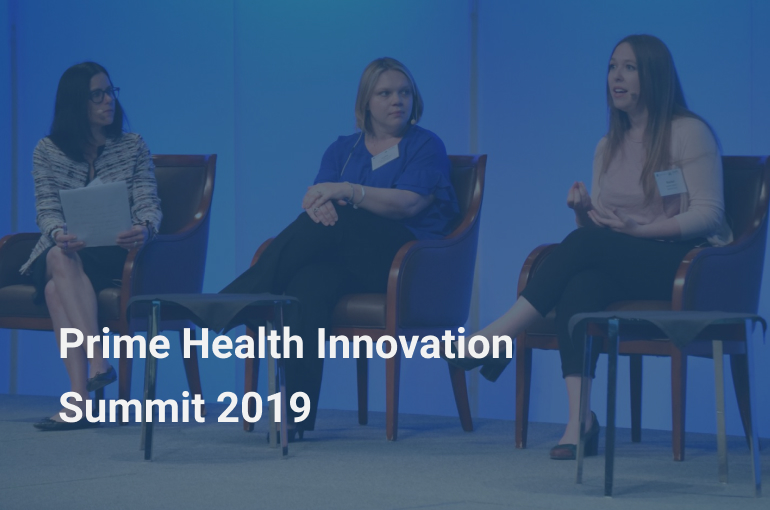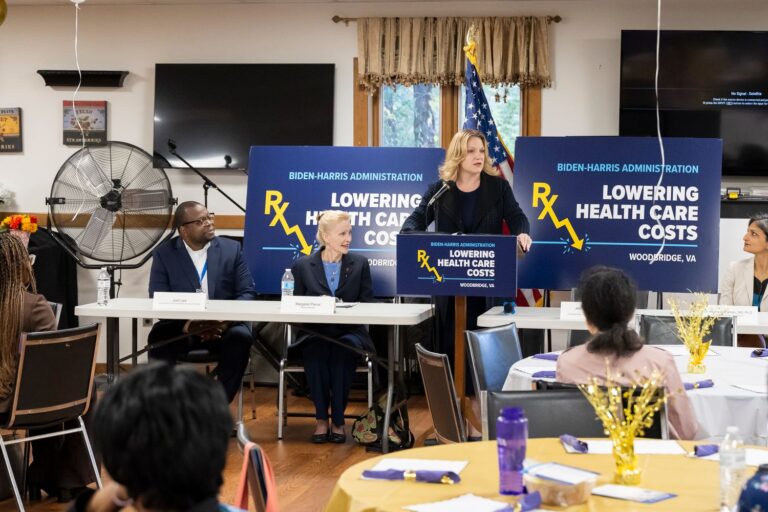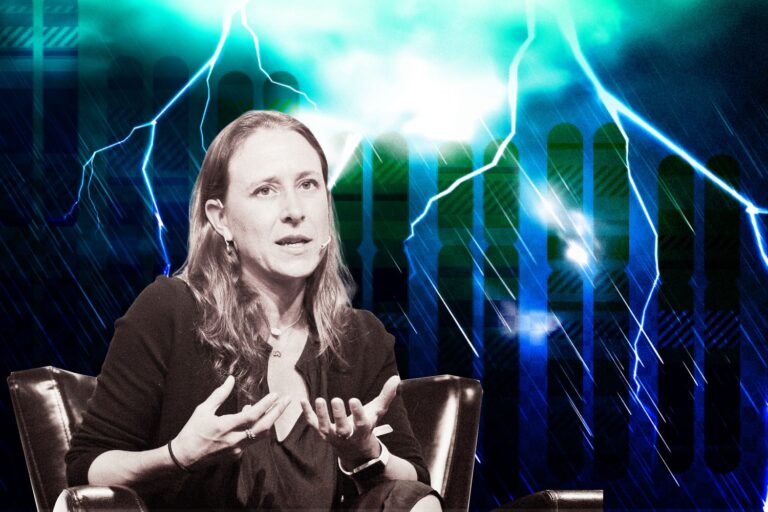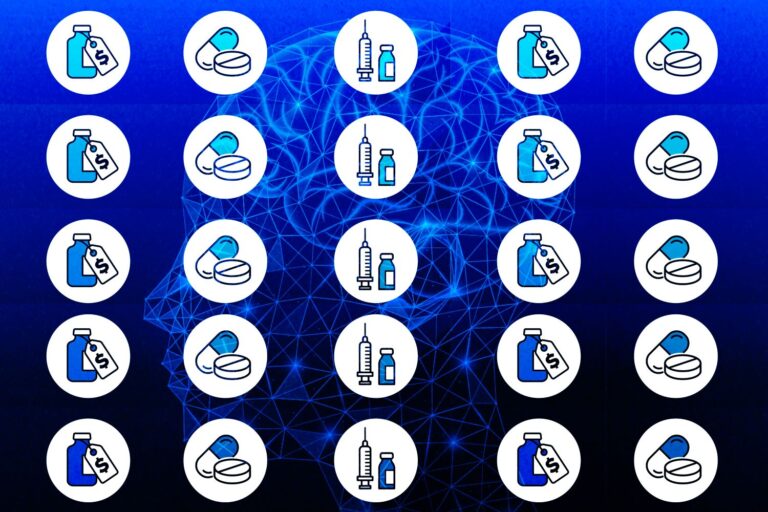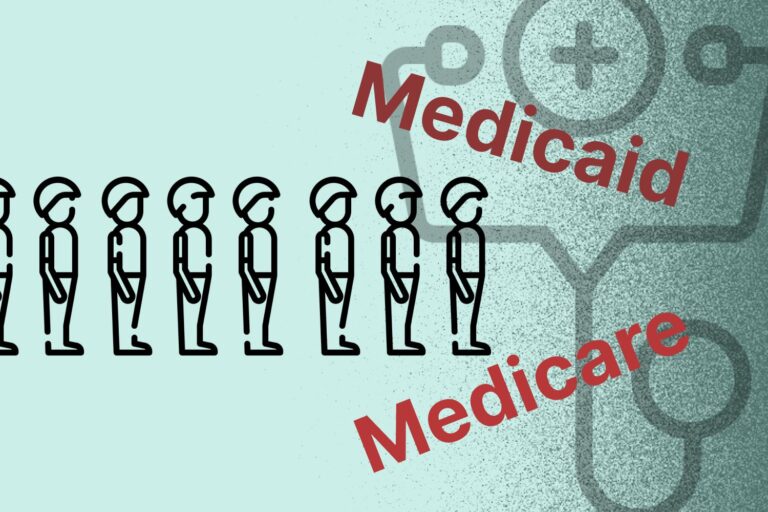Trends That May Stand Out at Prime Health Challenge 2019
The Prime Health Challenge was started in 2014 to excite the growing digital health ecosystem in Colorado and speed up the adoption of digital health technologies.
The aim of Prime Health Challenge is to improve the experience of patient, improved population health and lower costs. The program lasts for three months, powered by The Colorado Health Foundation. The digital health solutions will be evaluated and get feedback by the experts. Companies who get in the final round will have a chance to win a portion of the prize funding and the opportunity to experiment their products in public at one healthcare institution.
There are some digital health trends that may stand out at Prime Health Challenge 2019!
1. Health Data Protector
The personal data leaking is one of the most serious problems of the 21st century. People around the world are launching for the action of personal data security. In the healthcare industry, the health information system includes the most sensitive information, relating directly to personal safety, that’s why making sure of the privacy and security of these kinds of system is top urgent.

In the present, the global health care system is ongoing to the digital revolution, and it is essential to get the balance between security and accessibility right. Meanwhile, the health data has inspired the medical innovation, which is also a reliable source for experts at university and institute to continue the medical breakthrough.
In response, people are making more opportunities for everyone to access the understanding of how big data, anonymity, and de-identification work together so that the consumer can take advantage of digital health without risks and Prime Health Challenge is one of those opportunities.
2. AI as Healthcare Workers
Artificial Intelligence (AI) and machine learning create a steady path for digitalized health care. They can play the role of frontline health workers, for example, who work in supply management. Their ability could be used in medicines tracking, medicine supplying, giving information about the availability and the place medicines are running low. They will rationalize inventory management with high accuracy, allowing health workers to spend more time with patients directly.
Besides, machine learning tools can support the experts to detect and response to potential disease outbreaks, motivating the health associations to respond quickly.
For example, Ebola, a severe infectious disease of 2018 and until now. It’s hard to find and track who potentially has Ebola; however, with contact tracing, a method of machine learning, it could support controlling the widen of Ebola by reducing the error in monitoring.
3. Social Media for Health Aim
Today is the era of social media. Billions of people around the world connect each other through Facebook, Weibo, WhatsApp, etc. and other social media platforms. However, social media is the two-edged sword, and it has both good and bad impact.
People use social media hours a day and consider it as the place where they get the latest information. The fact is, the information in social media is not always correct because of its variety origin. In some cases, inaccurate information widely spread makes people cannot distinguish what is the truth, which effects to their behavior, finance, and health. The social media using is suspected as a reason of anxiety and depression by some researchers.
Nevertheless, social media has plenty of good sides, one of them is the application in health equity. For example, a woman living in the suburban area of Malaysia lacking healthcare facilities can send the message to the chatbot on Facebook to receive information on the HPV vaccine, which may take a lot of time if she has to travel to the nearest healthcare location.

Teenagers can study about sexual and reproductive health by chatting with provider anonymously, which avoids the social stigma for youngsters. Rural health workers can communicate with each other, answering the question or problem they are facing via WhatsApp even when they are a thousand miles apart.
With the pilot program, they are exploring the way personalized social media can be used to influence or convince people to form healthy lifestyle, which can be supported by Prime Health Challenge to the winners.
For now, people need more information about health choices; thus the government, social media platform, and health leaders should find ways to promote the excellent source of information to rebuild the trust in social networks.
4. The Communication between Digital Systems and Products
The next generation of digital health won’t be determined by forefront technologies, instead, the simple connections between digital health tools.
This includes software which allows the communication between individual programs and tools and information sharing. With global standards, system developers are making sure that interacting systems can give health workers a full picture of health services and opportunities to improve the healthcare communities and entire countries.

The government participation in associations such as Health Data Collaborative is a positive signal of the future where systems and tools work well with each other, which will bring better connections for not only systems but also people, meeting the country need and developing strong global digital health community.The Bottom Line
Build Prime Health Challenge
For five years, Prime Health Challenge has been doing a great job that not only inspires people who do their best to improve the quality of healthcare but also bring innovations closer to the public. Thanks to the hard-working developers, the caring associations and governments, the world is becoming a better place day by day. In the future, we hope there are more innovative trends that bring people more opportunities to access the best healthcare service.
Related post: 2019 Prime Health Innovation Summit

